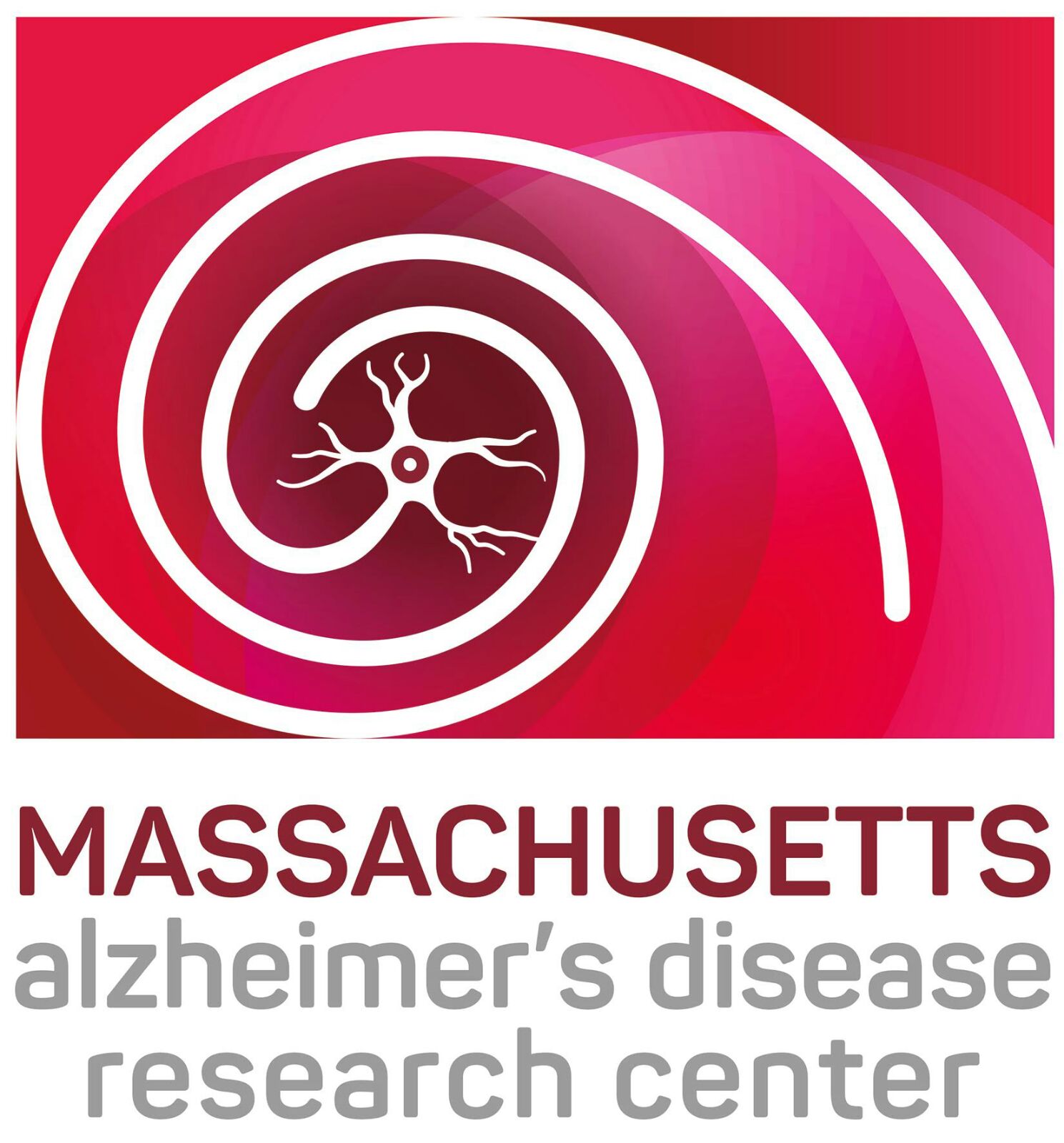I remember the bag from my childhood. Transparent and oblong, just large enough to fit a handful of papers, a few essentials, and a plastic brain.
My 93-year-old grandmother, Marjorie Pearlson, once loved this bag, filling it with conversation starters. She was a woman who could talk to any stranger and pull an organ replica out of her purse with a straight face. Growing up, I would witness this scene at the supermarket, in a post office, out at dinner between salad and the main course. It was brilliant performance art. She was passionate about her decision to donate her brain to science, following in the footsteps of her mother, who survived multiple brain surgeries, and her older brother. She spoke about the decision—visual aid in tow—matter-of-factly to anyone.
At her 90th-birthday tea party, we sat around my grandparents’ dining table with two of her childhood friends and my mother. My grandmother flipped through a handmade scrapbook of photographs, effortlessly recalling the first and last names of grade-school classmates, one of whom is my 92-year-old grandfather. Today, it’s far rarer to see her smile, much less get a glimpse of her past or quirky personality. A shield of advanced dementia has limited her mobility and dissolved her memories.
There’s an Indian death euphemism I’ve been dwelling on since the last time I saw my grandmother: “To be no more.” But even after she dies, my grandmother’s brain will, in a way,live on, joining the thousands of Americans who donate each year. After undergoing an autopsy, her brain’s tissue will be stored and researched. It may travel to banks with specialized grants and niche experts. Someone will look at her under a microscope.
The more I thought about the trajectory of my grandmother’s life, the more the line between brain and grandmother blurred. What will come of her after life? That question led me to the place where her brain will end up.
On a sunny morning in January, I arrived at the University of Miami’s Brain Endowment Bank with the eagerness and anxiety of a new mother about to inspect a potential day-care facility. The bank is one of six brain and tissue biorepositories funded by the National Institutes of Health’s NeuroBioBank, or NBB. These biorepositories use donated tissue to research neurological and psychiatric diseases. (Outside of the NIH’s network, there are dozens of other banks worldwide.)
Each donated brain has a different journey. All brains undergo examination and are weighed; cell loss from Alzheimer’s can shrink the brain.
www.theatlantic.com/science/archive/2018/04/grandmother-brain-donation/5…
